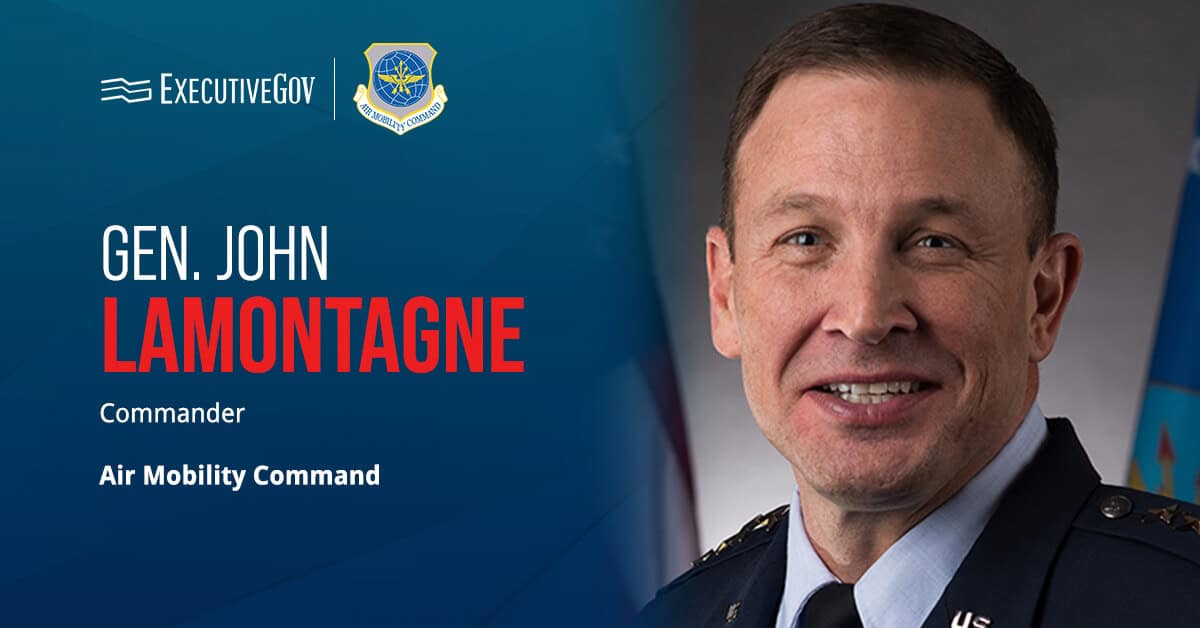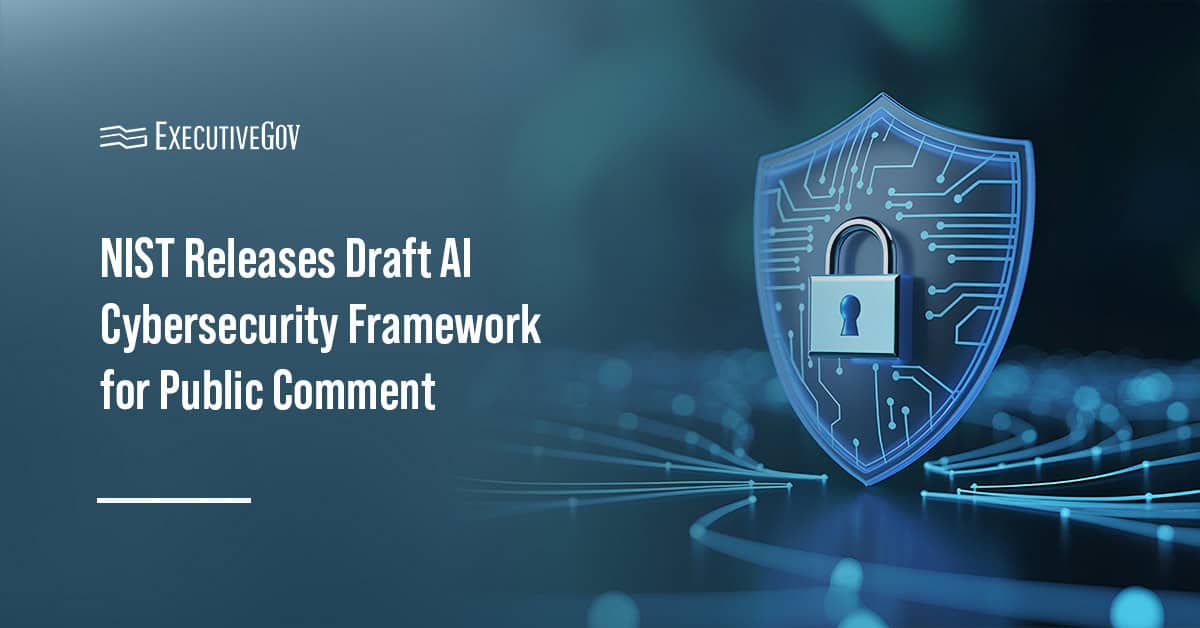
Will Roper, Assistant Secretary of the Air Force for Acquisition, Technology and Logistics, said during a recent roundtable that an “architect†could be deployed for the Advanced Battle Management System effort, Defense News reported Thursday.
Roper said the architect will be responsible to ensure compliance with U.S. Air Force requirements and find technological alternatives if the need arises. The Air Force will oversee four initial prototyping efforts for the ABMS command-and-control network, which intends to replace the JSTARS ground surveillance aircraft. Roper noted that the ABMS may involve air-based sensors, space-based technology, disposable drones and communication links.
According to the acquisition head, the architect model could be used as a basis for similar programs in the future if the strategy is successful.Â





